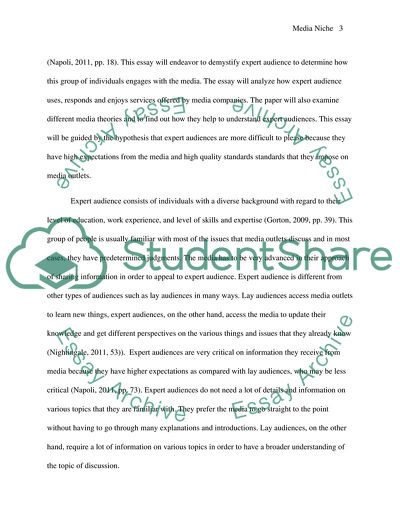Cite this document
(Media Audiences: Television, Meaning and Emotion Report Example | Topics and Well Written Essays - 2000 words, n.d.)
Media Audiences: Television, Meaning and Emotion Report Example | Topics and Well Written Essays - 2000 words. https://studentshare.org/media/1819753-niche
Media Audiences: Television, Meaning and Emotion Report Example | Topics and Well Written Essays - 2000 words. https://studentshare.org/media/1819753-niche
(Media Audiences: Television, Meaning and Emotion Report Example | Topics and Well Written Essays - 2000 Words)
Media Audiences: Television, Meaning and Emotion Report Example | Topics and Well Written Essays - 2000 Words. https://studentshare.org/media/1819753-niche.
Media Audiences: Television, Meaning and Emotion Report Example | Topics and Well Written Essays - 2000 Words. https://studentshare.org/media/1819753-niche.
“Media Audiences: Television, Meaning and Emotion Report Example | Topics and Well Written Essays - 2000 Words”. https://studentshare.org/media/1819753-niche.


